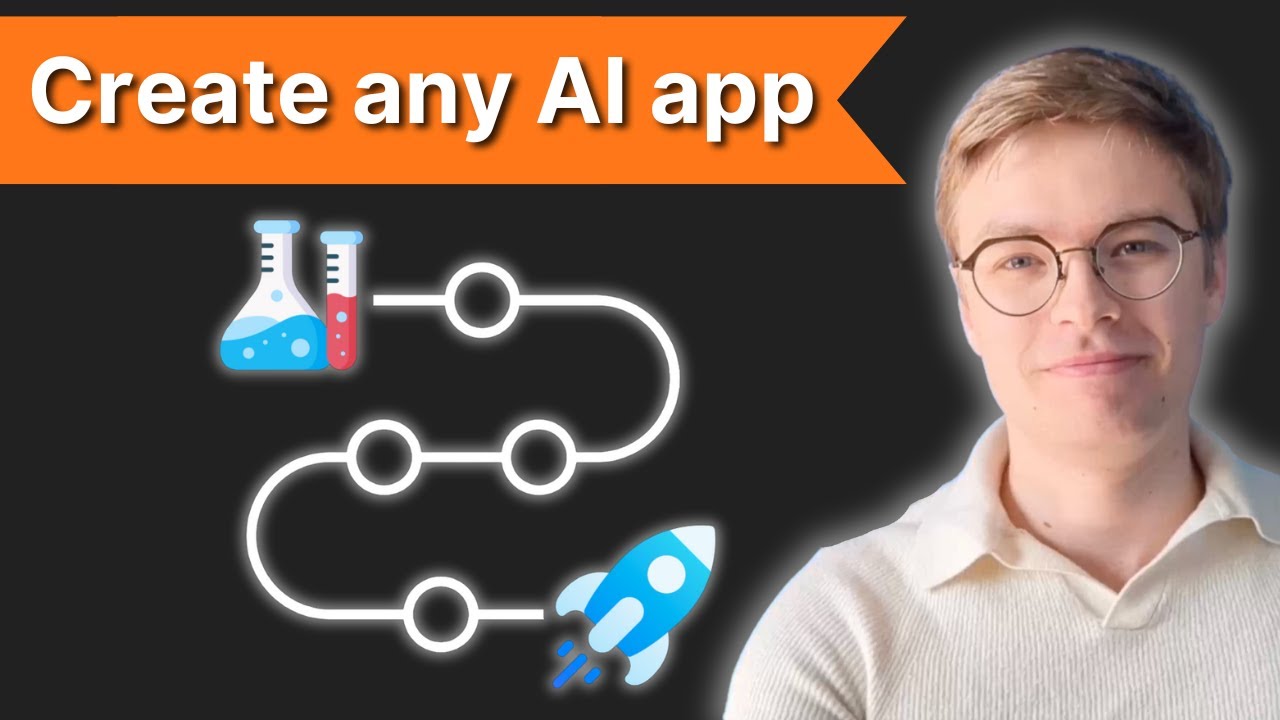The Complete AI Engineering Toolkit
In the rapidly evolving AI landscape, there’s a stark difference between creating proof-of-concept AI projects and building production-ready AI systems that deliver actual business value. The journey from concept to production requires a comprehensive toolkit that many aspiring AI engineers don’t fully grasp.
Understanding the AI Engineering Foundation
Before diving into complex implementations, successful AI engineers master the fundamental concepts that form the backbone of language model applications:
-
Tokens: These are the meaningful chunks of text that language models process. Tokenization transforms natural language into units that models can work with, laying the groundwork for all language model applications.
-
Embeddings: These transform tokens into numerical representations (vectors) that machines can compute with. This transformation is what enables computers to “understand” and process language in meaningful ways.
-
Vector Search: This powerful capability allows systems to find relationships between different pieces of text by comparing their vector representations, enabling applications like semantic search and question-answering systems.
These foundational concepts aren’t just academic knowledge—they’re essential for understanding how to design AI systems that can effectively process information, make connections, and generate valuable outputs. For a deeper dive into these concepts, explore my comprehensive guide to vector databases for AI engineering.
Selecting the Right Implementation Approach
A critical strategic decision in AI engineering is choosing the appropriate implementation strategy:
-
Retrieval Augmented Generation (RAG): This approach enhances language model outputs by retrieving relevant information from a knowledge base before generating responses. It’s particularly valuable when working with domain-specific knowledge or proprietary information. Our complete RAG systems implementation guide covers how to build these systems from scratch.
-
Prompt Engineering: This technique focuses on crafting effective instructions that guide model behavior. More than just writing text, it’s about understanding how to elicit the desired responses from AI models consistently.
-
Fine-tuning: This more advanced approach involves training existing models on specific datasets to specialize them for particular tasks or writing styles. While powerful, it requires substantial data and should only be pursued after simpler approaches have been validated.
The most successful AI engineers understand when to apply each approach, starting with simpler solutions before moving to more complex ones. This strategic thinking prevents the all-too-common pitfall of overengineering solutions before proving their value.
The Development Pipeline
Building production-ready AI applications requires competency across multiple domains:
Data Management
The quality and accessibility of data fundamentally determine AI system success. Options range from specialized vector databases to in-memory storage for smaller applications, with the right choice depending on your specific needs and scale.
Backend Development
Most AI engineers will need strong Python skills, as it remains the dominant language in the field. Frameworks like FastAPI enable creating robust APIs that connect users to AI functionality, while libraries like LangChain can accelerate development by providing ready-made components for common AI patterns.
Frontend Development (When Needed)
Many AI applications require user interfaces, making TypeScript and React valuable skills for creating engaging experiences. Understanding how to design effective AI interfaces is crucial for user adoption.
Infrastructure and Deployment
The difference between hobbyist AI projects and professional implementations often comes down to infrastructure:
-
Containerization: Technologies like Docker enable consistent deployment across different environments, making applications more reliable and easier to scale.
-
Orchestration: For larger applications, Kubernetes provides tools to manage multiple containers across distributed systems.
-
CI/CD: Continuous integration and deployment pipelines ensure that updates can be rolled out consistently and reliably.
These infrastructure components are what allow AI applications to operate reliably at scale, handling real-world demands and evolving over time.
Safety and Business Validation
Finally, two areas separate truly professional AI implementations from the rest:
Safety and Ethics
Production AI systems need appropriate safeguards to prevent harmful outputs and ensure alignment with intended goals. This involves both automated testing and manual review by domain experts.
Business Validation
Perhaps most critically, successful AI engineering means building systems that solve real problems with measurable returns on investment. This requires tracking relevant metrics and constantly evaluating whether the system is delivering its intended value.
The Path Forward
The difference between successful AI engineers and those whose projects never reach production often comes down to this comprehensive approach. By understanding and applying these interconnected components, you can create AI systems that not only work technically but deliver real value.
To see exactly how to implement these concepts in practice, watch the full video tutorial on YouTube. The video provides an even more extensive roadmap with step-by-step guidance on bringing AI solutions from concept to production. I walk through each component in detail and show you the technical aspects not covered in this post. If you’re interested in learning more about AI engineering, join the AI Engineering community where we share insights, resources, and support for your journey. Turn AI from a threat into your biggest career advantage!

